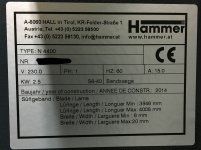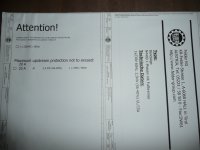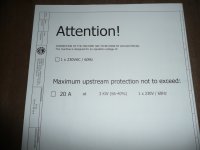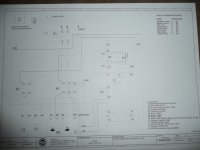ben_r_
Member
- Joined
- Oct 13, 2015
- Messages
- 1,330
So I have seen this topic discussed at a number of different forums around the net and over the years and there is some discrepancy as to what way one should go. Even the different Hammer/Felder reps, resellers and technical assistance resources seem to differ in opinion.
Should the Hammer products running the 4HP motor like the A3-31 jointer/planer combo machine or the N4400 bandsaw (which Im told use the same motor) be run on a 20A or 30A circuit.
I have personally been told by a couple Hammer reps to run my N4400 on a 20A, 220V circuit using 12AWG wire and a 20A breaker and have been doing so for a couple years now and never had any issues. Others have been told that a 30A is required. I have attached an image of the plate on my Hammer N4400 stating 15A draw at 220V. FWIW a max of 15A draw would be 75% of a 20A circuit.
So what do others run theirs on and for those running on a 20A circuit or who used to run on a 20A circuit have you ever had any issues?
Should the Hammer products running the 4HP motor like the A3-31 jointer/planer combo machine or the N4400 bandsaw (which Im told use the same motor) be run on a 20A or 30A circuit.
I have personally been told by a couple Hammer reps to run my N4400 on a 20A, 220V circuit using 12AWG wire and a 20A breaker and have been doing so for a couple years now and never had any issues. Others have been told that a 30A is required. I have attached an image of the plate on my Hammer N4400 stating 15A draw at 220V. FWIW a max of 15A draw would be 75% of a 20A circuit.
So what do others run theirs on and for those running on a 20A circuit or who used to run on a 20A circuit have you ever had any issues?






